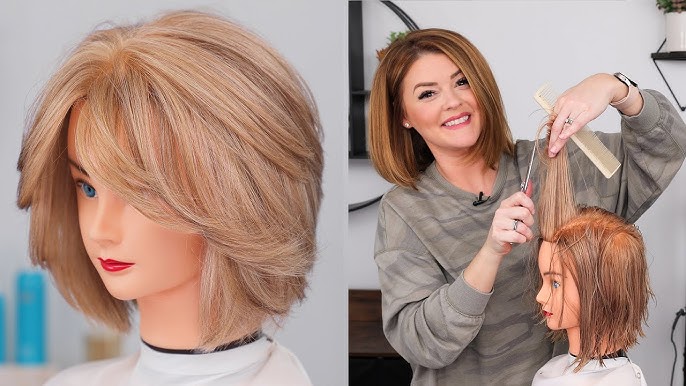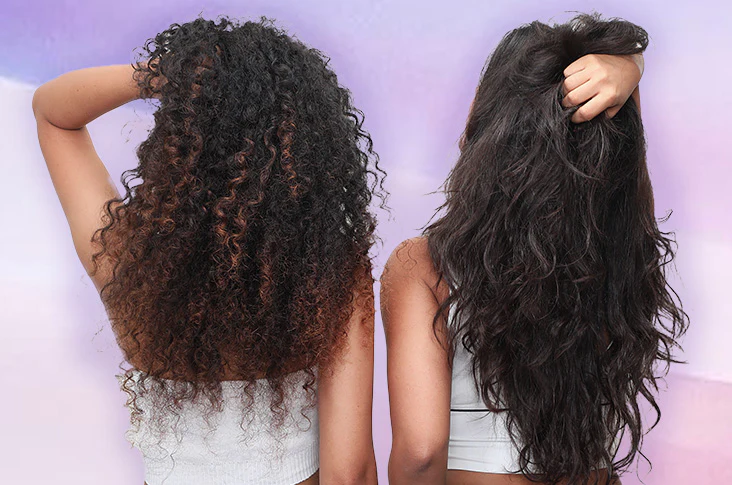wherearewegoing.net – Straight hair is versatile and can be styled in numerous ways, making it a popular choice for both men and women. The key to a flattering straight haircut lies in the balance of length and layering. Whether you prefer a sleek, long style or a chic, short cut, the right combination of these elements can enhance your features and complement your personal style. In this article, we’ll explore various length and layering options for straight haircuts to help you find the perfect look.
Understanding Length in Straight Haircuts
Short Straight Haircuts
Short straight haircuts are bold and low-maintenance. They can range from pixie cuts to bobs and are ideal for those who want a style that’s easy to manage. Short haircuts can also add volume and texture to fine, straight hair.
Medium Straight Haircuts
Medium-length straight haircuts offer versatility, as they can be styled in various ways. Shoulder-length cuts are particularly popular because they can be easily pulled back or left down. This length is also great for adding subtle layers that frame the face.
Long Straight Haircuts
Long straight hair is timeless and can be styled in countless ways. It’s perfect for those who want to experiment with different looks, from sleek and straight to loose waves. Long hair also provides enough length for intricate braids and updos.
Incorporating Layers in Straight Haircuts
Light Layers
Light layering is ideal for those who want to add subtle texture and movement to their straight hair. This technique involves cutting a few layers around the face and throughout the hair to create a soft, cascading effect.
Medium Layers
Medium layers are more pronounced and can help add volume to straight hair. This layering style is particularly flattering for medium to long hair, as it can create a more dynamic look and enhance the hair’s natural movement.
Heavy Layers
Heavy layering is a bold choice that can completely transform the look of straight hair. It involves cutting deep layers throughout the hair, which can create a choppy, edgy style. This option is best for those who are looking for a dramatic change and are willing to commit to regular trims to maintain the look.
Choosing the Right Length and Layering for Your Straight Hair
When selecting a straight haircut, consider your hair’s texture, your face shape, and your personal style. Fine straight hair may benefit from shorter lengths and light layers to add volume, while thick straight hair can handle heavier layers and longer lengths.
It’s also important to think about how much time you’re willing to spend on your hair each day. Shorter cuts and light layers require less maintenance, while longer, heavily layered styles may need more time and effort to style.
Conclusion
Straight haircuts offer a world of possibilities when it comes to length and layering. Whether you’re looking for a sleek and simple style or something more dynamic and edgy, there’s a straight haircut out there that’s perfect for you. By considering your hair’s texture, your face shape, and your lifestyle, you can find a haircut that not only looks great but also fits seamlessly into your daily routine.


